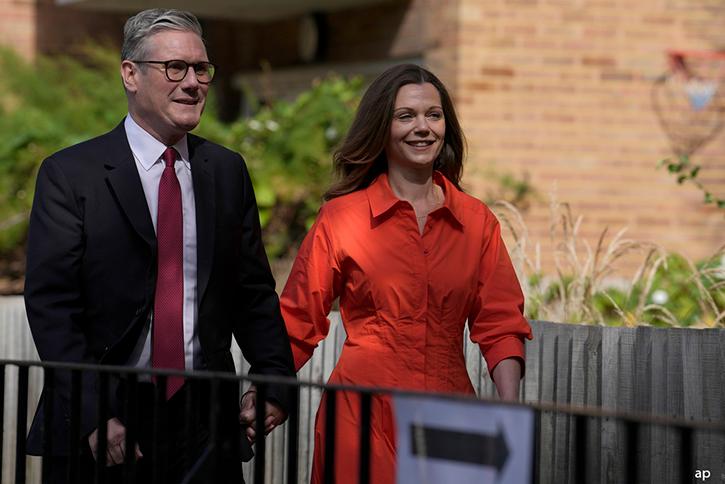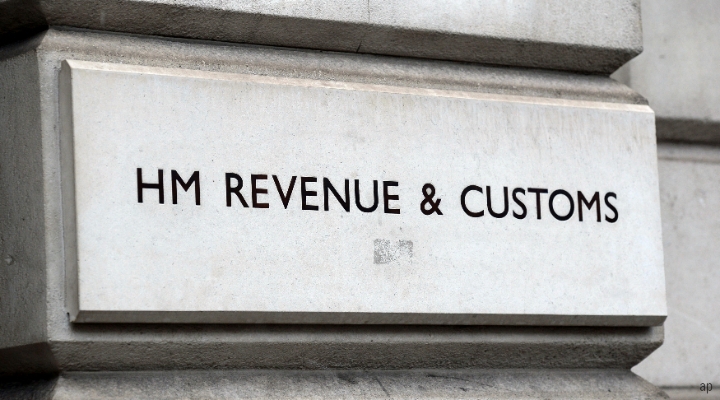Investors routinely leave sorting out their ISA until the last minute. Fund platforms report receiving calls about ISA allowance allocation right up to the minute before midnight on April 5 – and the busiest month for online ISA dealing is March.
But it really is a case of the early bird catches the worm when it comes to ISAs. Calculations by Fidelity show that the impact of compounding interest on investors’ portfolios who contribute to their ISAs at the beginning of the tax year, versus those who wait until the end of the tax year is considerable.
Two potential savers, who have both used their full ISA allowances each tax year since 2000 to invest in the FTSE All Share index, have a potential difference in their ISA pot of more than £30,000 – all because one invested in the first month of the tax year, and the other in the last month.
Saver A, the early bird, turned 14 years’ worth of maximised annual ISA allowances - £93,080 – into £167,619. But Saver B, the last minute investor, gained significantly less, with their same investment totalling £136,909.
Mark Till, head of Fidelity Personal Investing said it was clear that investing earlier in the tax year is generally better for your portfolio.
“It’s easy to put off making our ISA investments each year, but getting in early can make a significant difference to your ISA savings pot over time,” he said.
“ISA earlybirds make their money work harder in the long run, and can achieve more by investing the same amount as late comers – the numbers speak for themselves.”
Head of retirement planning at Towry, Andy James said that the same principles applied for SIPP investing too.
““While many seek to use ISA season in order to ensure they have used their full allowance, in reality getting the best possible returns means maximising your ISAs as soon as possible in the new tax year,” he said.
“That means that from April 6 onwards, you should be seeking to put as much money into your ISA as you can right at the start of the 2014/15 tax year, maximising both your allowance and investment returns.”




























